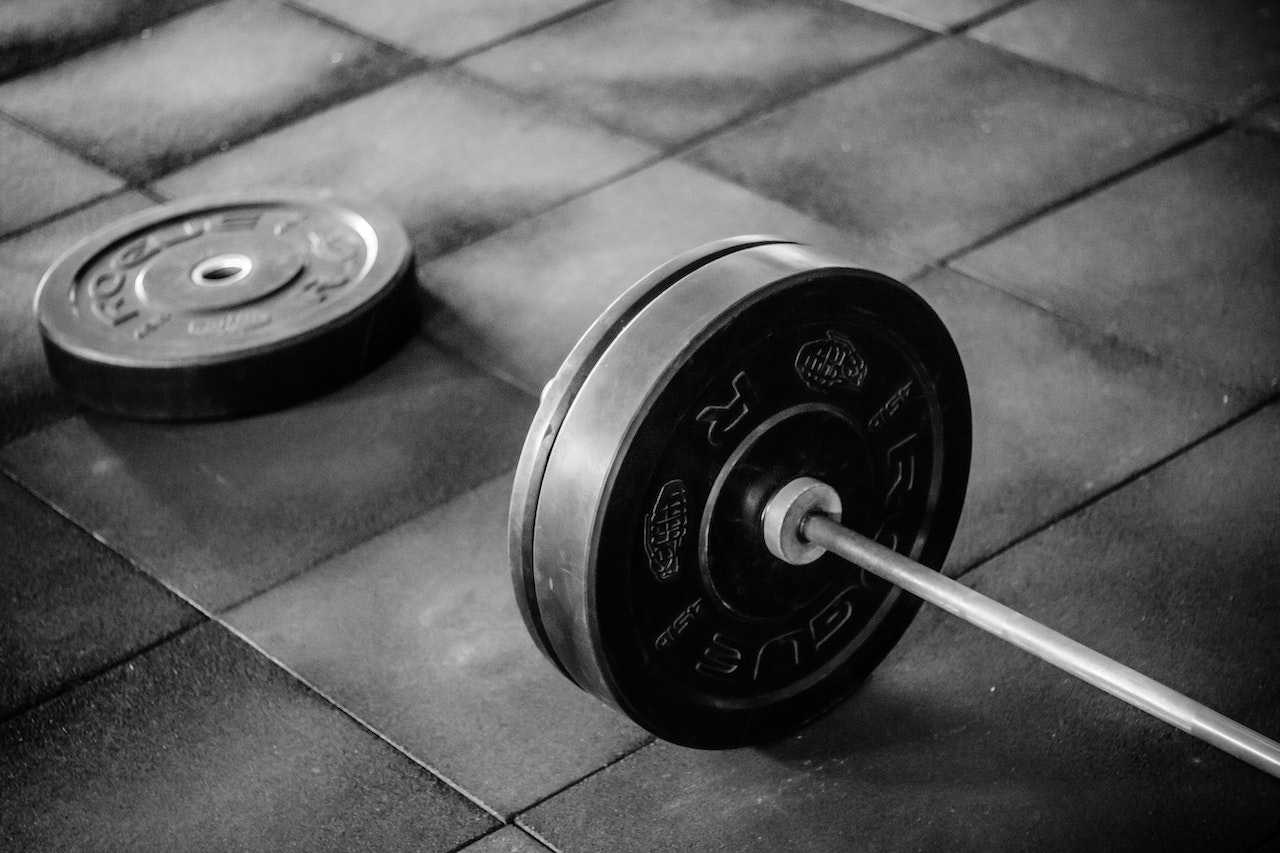8 Tips for Beginning Strength Training
Strength training helps build muscles, improves your cardiovascular system and makes your body healthier overall. But starting a strength training workout can be intimidating. There is so much information out there that it is hard to know where to start. That’s why Dr. Mitchell has put together these 8 tips to help you begin your strength training journey.
1. Consult with a personal trainer
Working with a personal trainer can be very beneficial for those who want to start strength training. A personal trainer will be able to give you the basics of proper weightlifting exercises and to provide appropriate cues to ensure you are using proper form and technique to reduce the risk of injuries. There is so much information in regards to properly lifting weights, and a personal trainer can be very helpful to guide you in the right direction by taking much of the guesswork out of the equation.
2. Have a plan
Write out a weekly plan to help keep yourself on track. Planning to workout three to five times per week is a good place to start for most people. Knowing which days you plan to workout will help you stay on track with your personal fitness goals. Try using “split training” which means splitting up your workouts to only focus on specific muscle groups each day. There are many ways to split up your workouts, so this might require a little bit of research. Or consult with your trainer or other trusted source to create a split training plan that aligns with your goals and works for your schedule.
3. Dedicate time to properly warm up
Take 10 to 15 minutes to properly warm up the muscles and areas that you plan to work that day. This can include dynamic stretches, foam rolling, resistance band work, light cardiovascular work (like the treadmill or stair stepper), or a combination of these. The goal is to prime the muscles with light work to prepare them for a strenuous workload and prevent injuries.
4. Perfect your form
Spend time learning about different exercises and movements. The more that you learn about specific exercises and the specific muscles the movements target, the more effective your workouts will be. If you are working with a trainer, they should provide verbal and physical feedback during each movement to ensure you are performing each exercise correctly. Learn what each specific exercise should look like and then do your best to perfectly replicate it.
5. Start with light weight
After time has been taken to learn proper movement patterns during each exercise, slowly begin to add weight to the movement. Look for a weight that is challenging when trying to complete 12 to 15 repetitions of the movement without sacrificing form.
6. Increase weight gradually
As you become more proficient in each lift, increase the weight steadily in increments of five to 10 pounds. Here is an example: if you were able to perform 3 sets of 12 reps of dumbbell military press with 30-pound dumbbells without struggling last week, then do 3 sets of 12 reps with 40 pound dumbbells this week. As you become more comfortable under heavier weight, you can start increasing weight even more to a point where you will decrease the number of reps that you are performing (e.g. instead of 12 reps using 40 pound dumbbells, maybe you can perform 8 reps with 50 pound dumbbells). Consistently increasing the weight of lifts encourages greater change in the size of the muscle fibers (hypertrophy) and results in greater recruitment of muscle fibers, meaning you become stronger!
7. Keep it short and sweet
It is not necessary to dedicate hours of your day to working out in order to see results. A simple 45 to 60-minute workout is all that’s necessary to promote muscle growth and development. After your workout, a simple cooldown can help promote muscle recovery and growth. This could be light cardio, stretching, or any other form of low intensity movement.
8. Combine with healthy diet and rest
All that exercise will go to waste if you are not taking care of your body by providing it with the proper nutrition and rest it needs to grow. You should aim for three to four servings of colorful fruits and vegetables each day. Make sure you are ingesting adequate amounts of protein. This varies by many factors including age, gender and goals but a good rule of thumb is .85 – 1 gram of protein per pound of body weight every day. Also consume plenty of unprocessed carbohydrates (used as fuel for the muscles), and healthy fats. Proper nutrition combined with seven to eight hours of sleep each night and two to three rest days per week provide the body its optimal ability to build muscle and be healthier.





